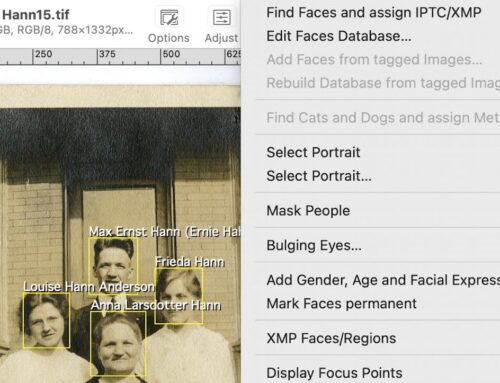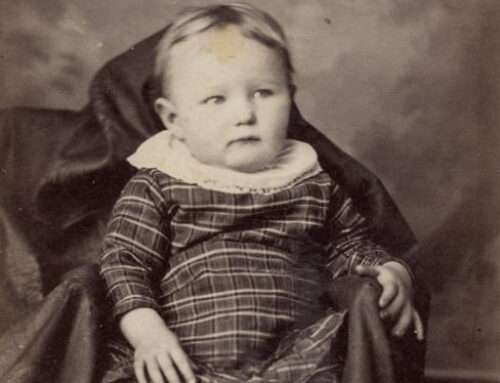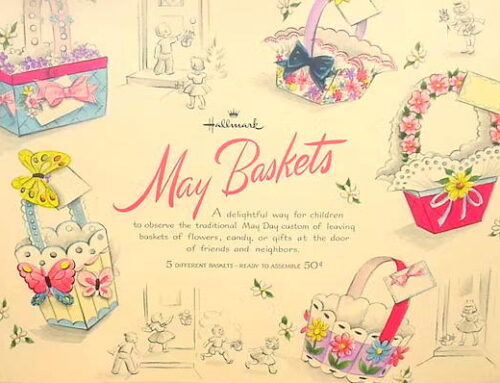Here are some tips for interviewing relatives for family history.
The suggestions here come from my own professional experience, and from colleagues at the Society of California Archivists and the Oral History Association. Holiday gatherings may not be the ideal setting, so try to meet with the relative(s) separately and soon. But if circumstances prevent, forge ahead keeping the following tips in mind.
1. Planning the Interview
- Place the recorder where you can see it, but where it is out of the line of sight of your narrator.
- Work from an outline of major topics with prepared questions for each topic. In general, a chronological organization is best, because it can show how their ideas and experiences have developed over time. Make a list of the specific dates and places of events missing in your family tree.
- Interview and record in a quiet place! Close windows and doors to avoid traffic noises, put pets outside, silence all phones.
- Do a brief test recording with the interviewee at the interview location and play it back immediately to make sure the equipment is working and there is no distracting background noise.
- The interviewer should record a “lead” at the start of each session, consisting of the names of interviewee and interviewer, day and year of session, interview’s location, and proposed subject(s) of the recording.
- Both parties should agree to the approximate length of the interview in advance.
- Prepare yourself to avoid participating in a conversation and supplying your own anecdotes. Remember your role is asking questions, not answering them.
- Be ready to pretend, even if you have heard the story many times, that it is the first time the interviewee has told it.
2. During the Interview
- Base questions on family life; siblings; holidays, clothing, recipes, and other cultural customs related to the person’s ethnicity and/or race; early schooling; neighborhood characteristics; community life; later education and vacation(s); work and professional life; marriage and children, etc.
- Ask to see documents and photographs to prompt the memory of the user – and to discover new family records
- Include questions about their reactions to major events during their lifetimes.
- Start with easily answered personal (and noncontroversial) background questions.
- Ask short questions, one query at a time.
- Avoid questions that result in “Yes” or “No” responses. Questions that begin “Tell me about . . .” or “Can you describe . . .” are good ways of stimulating the interviewee’s memory.” Ask for hows and whys, which yield opinions and feelings
- Listen and provide non-verbal encouragement.
- Ask follow-up questions; don’t just go on to the next question on your list. Ask for anecdotes and examples. Be alert to what the interviewee does not say and to help him or her expand the story, so it is more meaningful for others.
- Avoid prematurely interrupting interviewee responses. Allow silence and give the interviewee time to think.
- Don’t make the interviewee adhere to the chronological order of the questions; sometimes they will remember something and jump around in time. Once they are done talking about that topic, gently bring them back to the chronology. “So tell me more about this time….”
3. After the Interview
- Transfer the digital file(s) from your recorder to your computer and include the interviewee’s full name and date of interview in the file name(s). These uncompressed files are the archival master versions. Do not edit them.
- Create a copy of the audio file(s) as MP3(s) for playback and transcription.
- Copy the interview and transcript files onto an external hard drive and/or upload them to the cloud. You could also burn a copy onto a CD or DVD for the interviewee or a transcriber; however, doing this as a backup is not very reliable because CDs and DVDs have very short lifespans.
- Only after making all these copies and backups should you delete the files from your recorder.
- Make sure you regularly back up the contents of your computer and migrate the file formats forward as necessary (on your computer and on your external hard drive).
- If you received photographs or other artifacts (originals or photocopies) that were used during the interview, label them on the back, lightly in pencil, and describe their significance and store them with any notes, in a cool dry place. Even better, scan the photos and add metadata about the interview to link the information.
4. Sharing the Interview
- Secure a written agreement from your relative to share the information. Will the information only be shared with family? Available on your FamilySearch or other online tree? Stored in a shared environment like a cloud service?
- If you plan to donate the interview to a library or archives, have the interviewee sign and date a legal agreement or deed of gift that establishes who owns the copyright and how the interview can be used by researchers. Supply this deed to the archivist who accepts your recording.
- Respect the privacy decisions made by your relative(s).
Of course, all of these steps may not be possible in the hubbub of a family gathering. Consider these as guidelines for optimal interviewing relatives for family history. For more information, I recommend this Oral History Association guide: Oral History for the Family Historian: A Basic Guide.
For more help from this blog on interviewing family members, click here.





Very helpful tips on an incredibly important topic and responsibility for family historians. You began to touch on this in the last point, but I would expand on the point to encourage finding ways to broadly share the interview with family (for example posting on a YouTube channel or in a Facebook group both of which have means for adjusting privacy levels and access to your tastes).
Excellent advice. The ‘oral history’ unit in the Grad.Dip. Local and Applied History (University of New England, Armidale NSW Australia) was my favourite out of the eight units in the course.